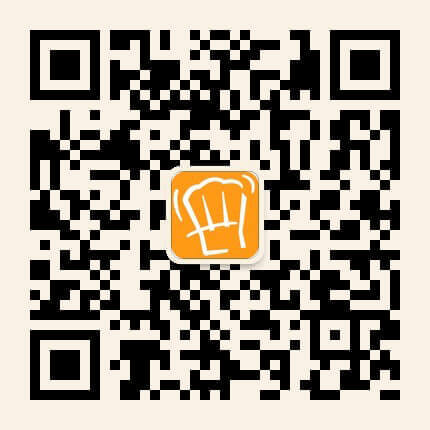the months before the trip to Tibet, I exchanged many emails, text messages and phone calls with Nyima, the director of the BWB school in Lhasa – one of the most professional people I have ever worked with. Every time I had a question, Nyima got back to me on the same day, with a comprehensive and friendly answer. Nyima is blind, I’d been told, and each time I wondered how he managed to communicate so efficiently.
A few weeks before the trip, Nyima told me he was going on business trip to Malaysia and Beijing, and would delegate the final preparation work to Gyantsen. Gyantsen, he joked, might need more pushing than he did. It turned out Gyantsen was also faster than many people I work with, and just as warm and detailed as Nyima. Amongst other things, he achieved the incredible task of obtaining a Tibet entry permit for Louisa and me, the two foreigners in our group.
It’s only when I got to Lhasa and met Gyantsen at the school, that I realised that he was also blind. How is it, I wondered again, that people who cannot see letters and pictures and menus on a screen are more reactive and efficient than I am?
During his guided tour of the school, I realised that it was both simpler and more impressive than I expected. A small, long box translates whatever is on the computer screen to Braille language, which can be read with a finger; both computers and phones read everything out loud. And yet, using these tools requires a level of patience and dedication that we rarely encounter; to our aurally-challenged selves, the voices sounded like alien language.
Knowing that some of these blind students didn’t get a chance of getting an education until they were well into their teenage years, I still find it mind-boggling that they manage to catch up and become literate in so many languages in such a short time.
I guess I still have a lot to learn from Nyima and Gyantsen.
— Cecile Cavoizy, SYB Program Manager


